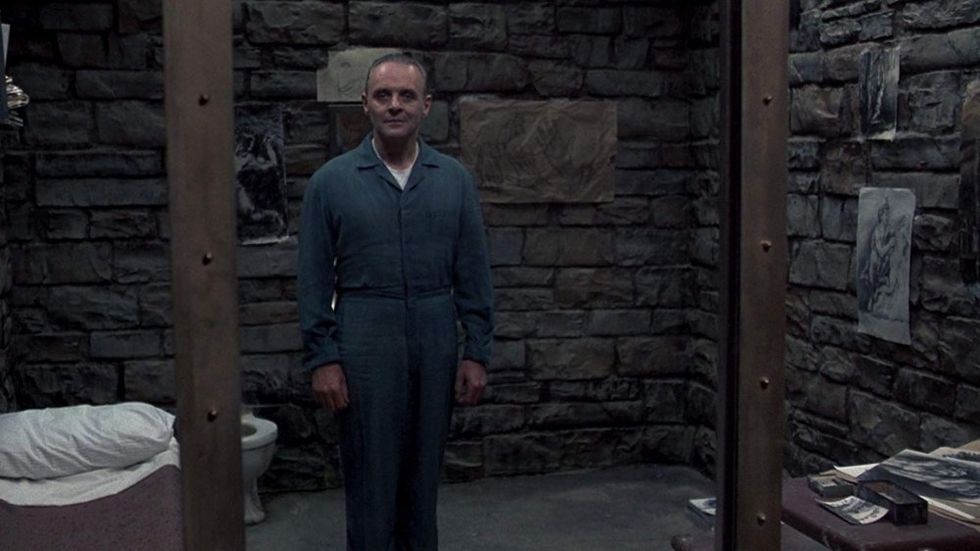Chances are if you go to OU, you have some semblance of love for Halloween (I know I do!)
However this year, for reasons scarier than any overpriced haunted house attraction, many of us found ourselves at home passing the spooky hours with a big bowl of popcorn and a heaping helping of horror flicks. While many people enjoyed watching Laurie Strode barely escape the iconic Michael Myers, Or watching Bette Midler ham it up as Winnifred Sanderson, I decided to revisit another film. Plopping down my (frankly oversized) bowl of microwave popcorn, I threw on the DVD of Johnathan Demme's classic film, The Silence of the Lambs. As I was drawn back into this gripping and twisted crime procedural, certain elements of the film reminded me of one of my other favorite film series: the Indiana Jones franchise.
Now how in the world did I ever end up connecting these two seemingly very different properties? Let's break it down
From the opening moments of Silence, We are introduced to Howard Shore's epic and sweeping score. My first time watching the film, I wondered why they decided to go for an orchestral score. All I had heard about Silence before watching it myself was just how "realistic" it was, and how much it felt like you were experiencing a real FBI investigation. With a score by the guy who did Lord of the Rings, I figured this would just serve as a distraction from the story. As the film progressed, however, I realized that the score didn't just work with the film, but it added to some of the best scenes. When I thought about other films that had music that served a similar function, the first film that came to mind was Raiders of the Lost Ark. While not as consistently realistic as Silence, Raiders does have many real-world elements that are accentuated by composer John Williams' layered score. In both films the score actually contributes to the overall tone of the film, making it feel more epic and important
But so what? Music alone doesn't make two movies the same. A few of the smaller elements of the film have elements in common; Both have plots that center around traveling to many different locations, villains based on real-life atrocities and criminals (for Buffalo Bill he has elements of both Ed Gein and Ted Bundy), and very real portrayals of how their characters thin and make decisions.





















